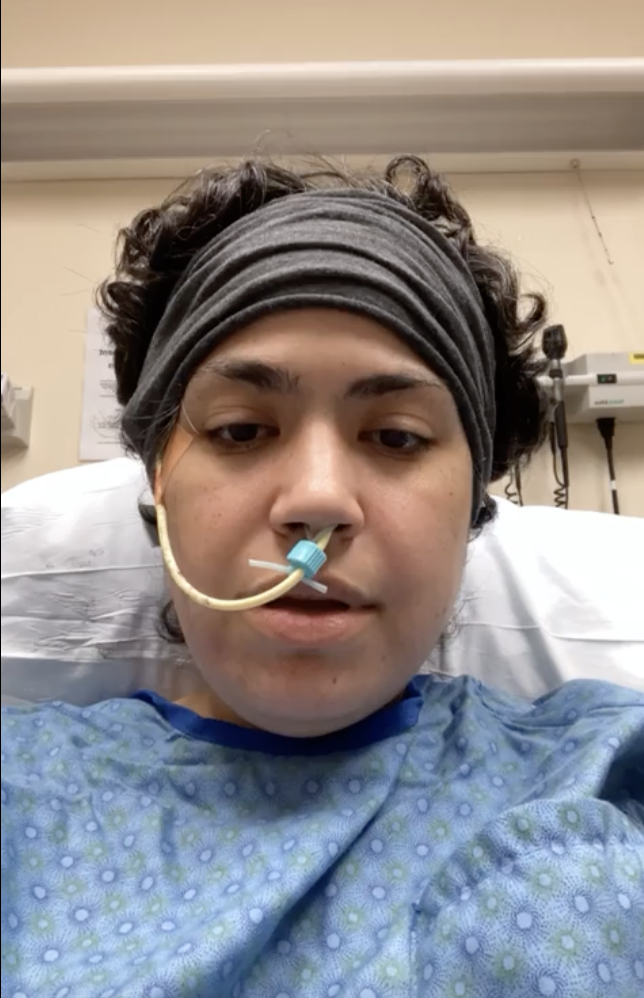By Sandip Roy
NAM Writer
The death of Chauncey Bailey highlights how deadly the news business can be. The Committee to Protect Journalists (CPJ) monitors the killings of journalists all over the world. Since they began tracking these deaths in 1992, CPJ found that on average more than three journalists are killed every month in the line of duty. Seven out of 10 of the murdered journalists were killed in direct retaliation to the stories they have done. Abi Wright is the communications director for the Committee to Protect Journalists. She spoke to Sandip Roy on the New America Media radio show UpFront.
Does Chauncey Bailey’s death show that though reporting in a war zone like Iraq is dangerous, doing investigative reporting that takes on your own community’s icons is just as dangerous?
Our research certainly shows that journalists in their own hometowns who take on a tough topic such as corruption or crime are much more at risk of physical reprisal than even a journalist covering a conflict far away from their country.
Could you tell us some stories of some of the other journalists killed while reporting on stories in their hometowns?
Iraq, of course, comes to mind, where over 112 journalists have been killed since the beginning of the war there, since March 2003. Of those 112 journalists, the vast majority have been local Iraqi journalists covering the conflict in their own home country. One journalist from the northern city of Mosul was gunned down on her way to the market in June of this year. She had been covering local militia groups.
There’s the Turkish-Armenian reporter, Hrant Dink, who was targeted and assassinated in Istanbul in January of this year after he was questioning various issues with the Armenian minority in Turkey. There was also investigative journalist Anna Politkovskaya of Russia who was assassinated in Moscow last year on her way home while carrying the groceries.
All of these cases show another parallel to the Chauncey Bailey case — a chilling one — which is that the killers tend to stalk their victims. I was reading a news report that the suspect arrested in that case said that he tried two other times to kill Bailey and had been following him for a while. This kind of chilling pre-meditation in these killings is a familiar trait that we have seen in other countries around the world.
Does the fact that [Bailey] was killed on his way to work fit into that profile? The assumption many have is that it could happen in Russia, Colombia or Iraq, but it doesn’t happen in America.
I think it’s important to underscore that while this murder has so shocked the journalism community in the U.S., it is a chilling crime without question. It is very rare.
The last assassination of a journalist that we have documented here at CPJ was in 1993. Thank goodness it is a rare occurrence. Although whenever it happens it is shocking and justice must be served in this and every case.
What happened in 1993?
In 1993 it was actually a Haitian immigrant journalist in Miami who was targeted. Our information shows that the majority of the journalists killed in the United States are usually journalists in immigrant communities such as Haitian, Latino and Vietnamese. It is in these more isolated immigrant communities that journalists covering them have been the most at risk traditionally. But again the last time a journalist was targeted and assassinated in the United States was 1993.
How many of these cases ended up with their killers being found or facing justice?
Well that’s another very important difference. Happily, justice has been very swift thus far in the Chauncey Bailey case. The fact that a suspect was apprehended so quickly is welcome news and is very different from these other cases that we have documented inside the United States. Granted it has been many years since these crimes took place, but we have not documented a successful prosecution in any of the dozen cases of journalists killed for their work over the last 30 years in the United States. But that is in fact the case with the majority of murders of journalists in the world today. According to our information, in more than 85 percent of the cases when journalists are killed no one is ever successfully prosecuted. Focusing on impunity is going to be a big focus of ours in the coming year.
Copyright New America Media



